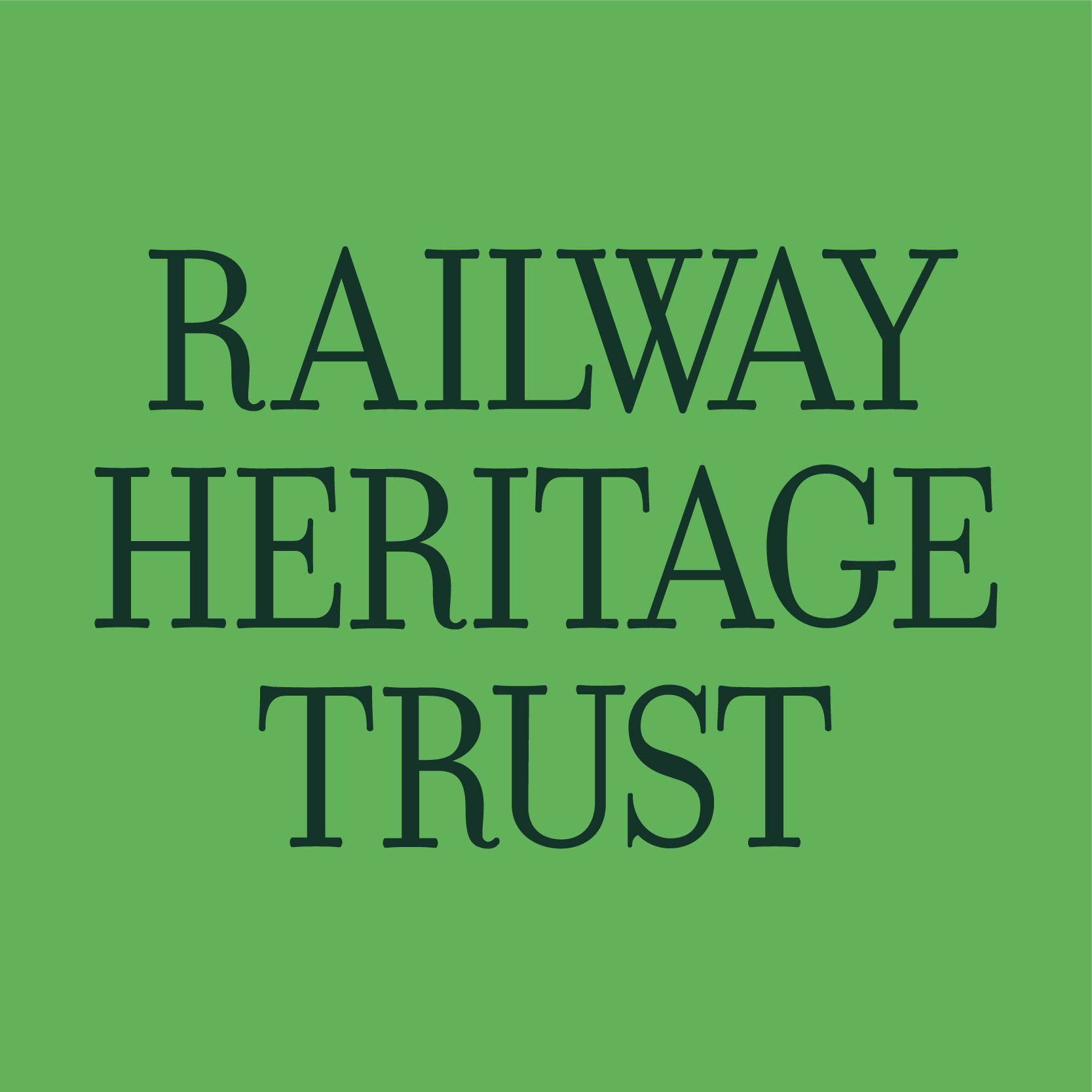What is the RHT?
Introduction to the Railway Heritage Trust
Our Railway History
Britain’s railway heritage is the world’s richest. It includes a wide range of types of buildings and structures, many of which were first devised in this country to meet the needs of the new railways. Every style and material is represented in its architecture and engineering. This heritage is still growing: railway buildings completed as recently as 1966 have now been listed. The 681 railway buildings and structures listed in 1985 in England, Scotland and Wales had increased to some 1,650 by 2009; Ancient Monuments increased from 45 to over 100 in the same period, while numerous parts of the railway estate fall within Conservation Areas. Along with churches and government departments, the railway industry is one of the most significant owners of historic premises and structures. Of particular interest is the extent to which the industry’s infrastructure is still in use for its original purpose.
The inception of the Trust was announced at a London conference on ‘The Future of the Railway Heritage’ on 23rd October 1984. The Trust was incorporated as an independent company limited by guarantee and commenced operations in April 1985. It is formally owned by its members, who are usually the Directors of the Trust, and is independent of both Network Rail and National Highways, although both bodies provide its sponsorship.
Our Governance
The Trust has a Board of three Directors. Its Chair is Andy Savage, former Deputy Chief Inspector of the Rail Accident Investigation Branch of the Department for Transport, who has had a long career in railway civil engineering and contractor safety. Andy was Executive Director of the Trust from 2010 – 2022; the current Executive Director is Tim Hedley-Jones, and Ptolemy Dean, Architect to Westminster Abbey, is the other, non-Executive, Director. As well as the Executive Director the Trust employs Anna Jipps as Company Secretary. It is also assisted by a voluntary Advisory Panel of approximately 35 members.
The Trust’s budget has grown from £1m in 1985/86 to £2.7m today. Its scope is basically buildings and structures owned by Network Rail, including those properties on a long lease to The Arch Co. The scope also includes structures which are part of the National Highways (Historical Railways Estate). The Trust does not support heritage railways directly, nor does it deal with rolling stock, other mobile heritage or artefacts.
Our Objectives
The Railway Heritage Trust’s objectives were set in 1985: assisting the operational railway companies in the preservation and upkeep of listed buildings and structures, and in the transfer of non-operational premises and structures to outside bodies willing to undertake their preservation.
The Trust achieves its objectives by giving both advice and grants. It awards grants following the evaluation of an application, normally on the basis of 10% to 40% of grant-eligible repair or restoration costs, excluding professional fees and project management costs. The Trust pays grants to train operating companies, tenants of railway-owned premises and to applicants from Network Rail and the National Highways (Historical Railways Estate). The Trust keeps its procedures for the award of grants as simple as possible.
Our Grants
Grants can cover:
- contributions to project partnerships;
- enhancements to maintenance and restoration projects;
- the reinstatement of missing or demolished features of historic buildings and structures; and
- the repair of special fittings and equipment such as clocks, murals, memorials and fixed furniture.
Grants are also available to help bring disused accommodation in historic premises back into beneficial use as a means of assisting conservation by regeneration.
The Trust encourages applicants to approach as many other funding partners as possible. Since 1985, the Trust has awarded over 1,670 grants, to a total value of £54m, to projects in England, Scotland and Wales. The Trust has played a part in attracting to those projects further contributions of £74m. Cadw Welsh Historic Monuments, Historic England and Historic Environment Scotland have worked with the Trust on many jointly-funded projects.
Our Focus
As well as awarding grants, the Trust comments directly to many planning authorities on applications for Listed Building Consent and Planning Permission for works to historic railway stations and structures in their areas.
Progress with repair and restoration of historic operational premises has been encouraging, taking into account the major reorganisations which have taken place, and continue, in the railway industry since 1985. The Trust supports a wide range of projects each year, with a balance struck between buildings and structures, and between large projects and small. Projects supported by grants from the Trust attract funding from the Heritage Lottery Fund and other national heritage bodies. A particular focus of the non-operational side of the Trust’s work relates to the regeneration of disused viaducts, supporting repair to facilitate their eventual transfer to trusts or other parties.
In recent years it has become increasingly accepted that historic premises are valuable assets, to be appreciated, properly maintained and utilised. The Trust believes that the need for a consistent and sustained focus on Britain’s historic railway premises and infrastructure is proved. To an extent this need is being met and the Trust looks forward to continuing to work with like-minded partners in this rewarding field.
